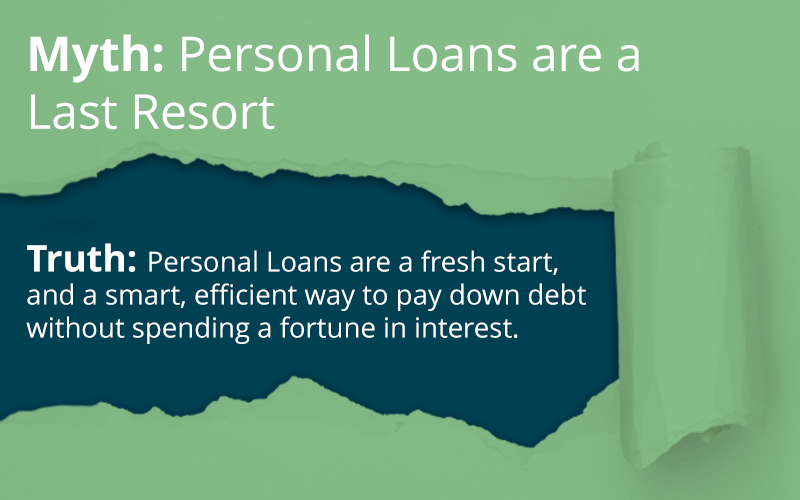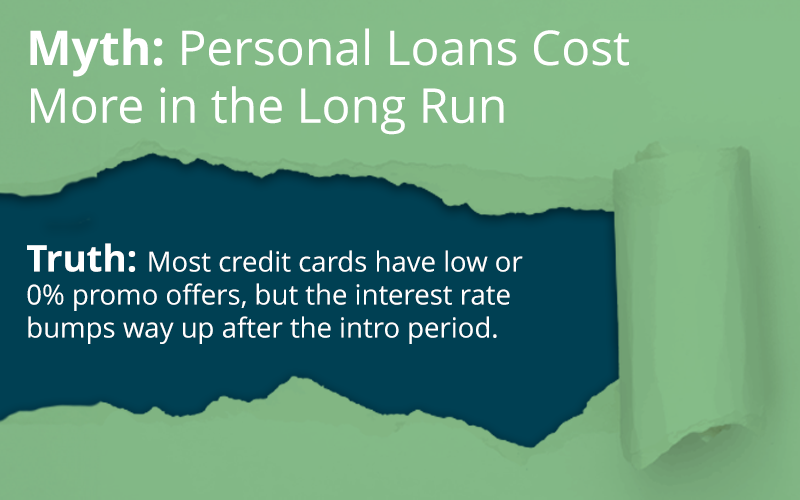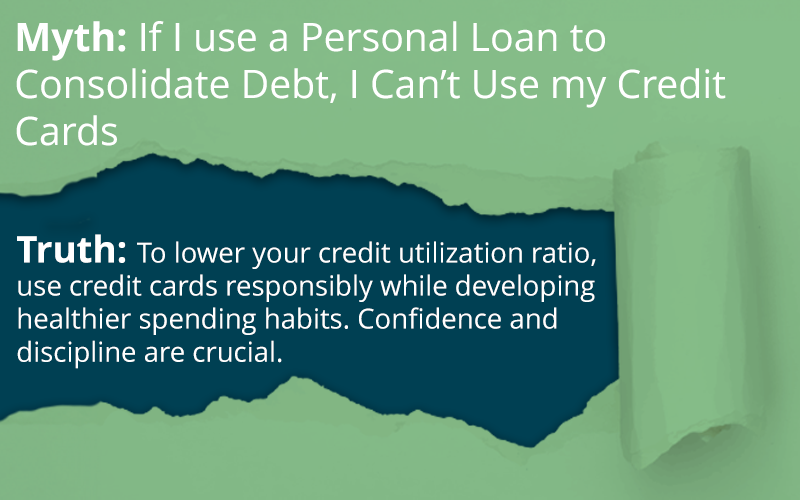Securing a personal loan can be a game-changer when it comes to fulfilling your financial goals, whether it’s consolidating debt, funding a home renovation, or covering unexpected expenses. However, before you embark on your loan journey, it’s crucial to understand the requirements and application process to increase your chances of approval. In this article, we’ll guide you through the ins and outs of qualifying for a personal loan. From exploring the various factors to consider before applying, to understanding the necessary documentation and the application process itself, we’ll equip you with the knowledge you need to navigate this financial endeavor successfully. So, let’s dive in and discover the key steps to securing that much-needed personal loan.
Understanding Personal Loans
A personal loan refers to a lump sum of money borrowed from a lender, such as a bank, credit union, or online lending platform. Unlike specific-purpose loans, such as mortgages or auto loans, personal loans offer greater flexibility in terms of usage. You have the freedom to use the funds as you see fit, whether it’s consolidating high-interest debts into a single, manageable payment, making home improvements or repairs, covering medical expenses, financing a wedding, or even taking a dream vacation. Personal loans can be a lifeline in times of financial need or a means to pursue your aspirations.

Factors to Consider Before Applying
Before diving into the personal loan application process, there are several key factors you should carefully consider. Here are the crucial factors to consider:
- Assessing Your Financial Situation: Before applying for a personal loan, take a close look at your overall financial health. Evaluate your income, expenses, and existing debt obligations. Consider whether you have a steady income that allows you to comfortably make loan payments. Assessing your financial situation will help you determine how much you can afford to borrow and repay each month without putting undue strain on your budget.
- Loan Affordability: Calculate the amount you need to borrow and ensure it aligns with what you can realistically afford to repay. Consider factors such as your monthly income, expenses, and other financial commitments. It’s crucial to strike a balance between borrowing enough to meet your needs and not overextending yourself financially.
- Credit Score and Credit History: Lenders typically evaluate your creditworthiness by checking your credit score and credit history. A higher credit score generally improves your chances of approval and may result in better loan terms, such as a lower interest rate. Review your credit report for any errors or discrepancies that could negatively impact your application. If your credit score is less than ideal, take steps to improve it before applying for a personal loan.
- Researching Lenders and Loan Options: Not all lenders offer the same loan terms and conditions. Research different lenders, including banks, credit unions, and online lenders, to find the ones that best suit your needs. Compare interest rates, repayment terms, fees, and customer reviews. Look for reputable lenders who offer competitive rates and favorable terms.

Requirements for Qualifying
To qualify for a personal loan, lenders typically have certain criteria and requirements that you need to meet. Here are the key factors lenders consider when evaluating personal loan applications:
- Age and Residency: You must be of legal age, usually 18 or 21 years old, to apply for a personal loan. Additionally, you need to be a resident or citizen of the country where you’re applying for the loan. Lenders often require proof of identification and residency, such as a government-issued ID or utility bills.
- Minimum Income and Employment Stability: Lenders want assurance that you have a stable source of income to repay the loan. They typically have a minimum income requirement that you must meet. The specific income threshold varies depending on the lender and the loan amount you’re seeking. Lenders may ask for proof of income, such as pay stubs, bank statements, or tax returns. Furthermore, having a consistent employment history and job stability can positively impact your loan application.
- Credit Score and Credit History: Your credit score and credit history play a crucial role in determining your eligibility for a personal loan. Lenders assess your creditworthiness to gauge the likelihood of you repaying the loan on time. A higher credit score generally improves your chances of approval and may result in better loan terms. Lenders will review your credit report to check for any late payments, defaults, or delinquencies. Meeting the lender’s minimum credit score requirement is essential for qualifying for a personal loan.
- Debt-to-Income Ratio: Lenders consider your debt-to-income (DTI) ratio, which compares your monthly debt obligations to your income. A lower DTI ratio indicates a lower level of debt compared to your income and demonstrates your ability to manage additional loan payments. Lenders typically prefer borrowers with a DTI ratio below a certain threshold, often around 40% or lower.

Application Process
Once you have gathered the necessary documentation, it’s time to move forward with the application process for your personal loan. Here is a general outline of the steps involved:
- Research and Compare Lenders: Start by researching different lenders and their personal loan offerings. Compare interest rates, loan terms, fees, and customer reviews. Choose a reputable lender that aligns with your financial needs and offers favorable terms.
- Prequalification: Some lenders offer a prequalification process that allows you to check your eligibility and potential loan terms without a hard inquiry on your credit report. Prequalification provides an estimate of the loan amount, interest rate, and repayment terms you may qualify for.
- Submitting the Application: Complete the loan application provided by the chosen lender. You can typically submit your application online, by phone, or in-person at a branch. Provide accurate and complete information, ensuring all fields are filled out correctly.
- Documentation Submission: Submit the required documentation to support your application. This may include proof of identity, residence, income, employment verification, and any additional documents specific to your circumstances. Ensure that all documents are legible and up to date.
- Credit Check and Underwriting: The lender will conduct a credit check to assess your creditworthiness. They will review your credit score, credit history, and the information provided in your application and documentation. This process helps the lender evaluate the risk associated with lending to you.
- Loan Approval and Terms: If your application is approved, the lender will provide you with the loan approval, including the loan amount, interest rate, repayment terms, and any applicable fees. Carefully review the terms and conditions to ensure you understand and agree to them.
- Acceptance and Funding: If you agree to the loan terms, you will need to sign the loan agreement or electronically accept it. After acceptance, the lender will proceed with funding the loan. The funds are typically deposited directly into your bank account, although alternative methods may be available depending on the lender.
- Repayment: Once you receive the funds, adhere to the agreed-upon repayment schedule. Make timely payments according to the loan terms to ensure you fulfill your obligations. Consider setting up automatic payments or reminders to avoid missing any payments.
Conclusion
Obtaining a personal loan involves understanding the qualifying factors, gathering necessary documentation, and navigating the application process. Assess your financial situation, ensure loan affordability, and review your credit score. Research lenders and compare their offerings. Gather required documents and submit your application. Review and accept loan terms before receiving funds. Make timely repayments. By being proactive and informed, you can successfully secure a personal loan that meets your financial needs.







